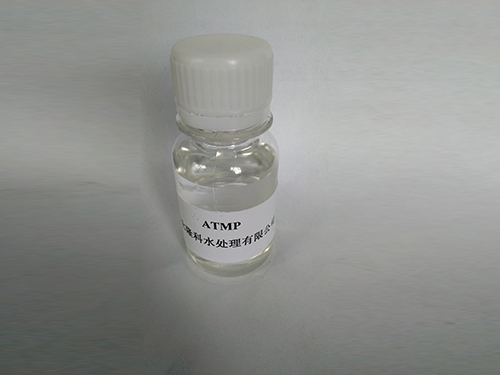coagulant flocculant
Coagulants and Flocculants The Unsung Heroes of Water Treatment
In the modern world, the cleanliness and safety of our water supply are of paramount importance. With industrial expansion, urbanization, and agricultural runoff, water bodies are increasingly facing pollution challenges. To combat these issues, two critical substances employed in water treatment processes are coagulants and flocculants. Though these terms might not resonate with the average person, they play a vital role in ensuring that the water we consume is safe, clear, and free from contaminants.
What Are Coagulants?
Coagulants are chemical substances that promote the aggregation of small particles in water, thereby facilitating the removal of contaminants. When water is polluted, it often contains suspended particles, such as silt, clay, organic matter, and microorganisms. These particles are typically negatively charged, which causes them to repel each other and remain suspended in water. Coagulants function by neutralizing these negative charges, encouraging the particles to come together and form larger aggregates, or flocs.
Common coagulants include aluminum sulfate (alum), ferric sulfate, and polyaluminum chloride. The choice of coagulant depends on various factors, including the type of impurities present in the water and the specific goals of the treatment process. For instance, alum is one of the most widely used coagulants due to its effectiveness, cost-efficiency, and availability.
The Role of Flocculants
While coagulants initiate the aggregation of particles, flocculants enhance this process further. Flocculants are high molecular weight polymers that facilitate the binding of the aggregates formed by coagulants into larger, more easily removable clumps. This process, known as flocculation, ensures that the flocs are heavy enough to settle out of the water or be removed through filtration.
Flocculants come in various forms, including anionic, cationic, and nonionic types, with each suited for different water treatment scenarios. Anionic flocculants are generally used when dealing with positively charged contaminants, while cationic flocculants work better with negatively charged particles. The choice of flocculant is crucial, as the wrong selection can lead to inefficient water treatment or even exacerbate existing water quality issues.
coagulant flocculant

The Treatment Process
The water treatment process typically begins with the addition of coagulants to the raw water. This induces the initial clumping of particles. Following this, flocculants are added to promote the growth of larger flocs. The mixture is then subjected to gentle mixing to facilitate the contact between particles without breaking the newly formed flocs. This stage is critical, as too vigorous mixing can disrupt the flocs, resulting in lower treatment efficiency.
Once the flocs have formed and grown sufficiently in size, the next step involves sedimentation or clarification, where the larger particles settle to the bottom of the treatment tank due to gravity. The clear water above can then be filtered and disinfected before it is distributed for consumption.
Environmental Benefits and Considerations
The use of coagulants and flocculants is not solely confined to municipal water treatment facilities. They are also applied in various industries, such as paper manufacturing, mining, and wastewater treatment, where they assist in managing suspended solids, heavy metals, and other pollutants.
Moreover, the environmental impact of using coagulants and flocculants can be significant. They help in reducing the overall pollution load in water bodies, promoting better aquatic ecosystems. However, it is essential to monitor the residual levels of these chemicals in treated water, as excessive concentrations can pose risks to human and environmental health.
Conclusion
In summary, coagulants and flocculants are integral components of water treatment processes that help ensure the safety and cleanliness of our water supply. By neutralizing charges and promoting the aggregation of particles, they make it possible to remove contaminants effectively. As global water challenges continue to grow, the importance of these unsung heroes in maintaining water quality will only increase, highlighting the need for ongoing research and development in this field to optimize their usage and environmental compatibility.
-
Understanding Polycarboxylic Acids: Properties, Applications, and Future PotentialNewsJul.28,2025
-
Scale Inhibitor Explained: How to Protect Your System from Limescale and Hard Water DamageNewsJul.28,2025
-
Scale and Corrosion Inhibitors: Essential Chemicals for Industrial Water System ProtectionNewsJul.28,2025
-
Polyaspartic Acid: A Biodegradable Polymer for Sustainable ChemistryNewsJul.28,2025
-
Isothiazolinones: A Versatile Antimicrobial Class with Industrial Power and Regulatory ChallengesNewsJul.28,2025
-
A Deep Dive into 2-Phosphonobutane-1,2,4-Tricarboxylic Acid (PBTC)NewsJul.28,2025





